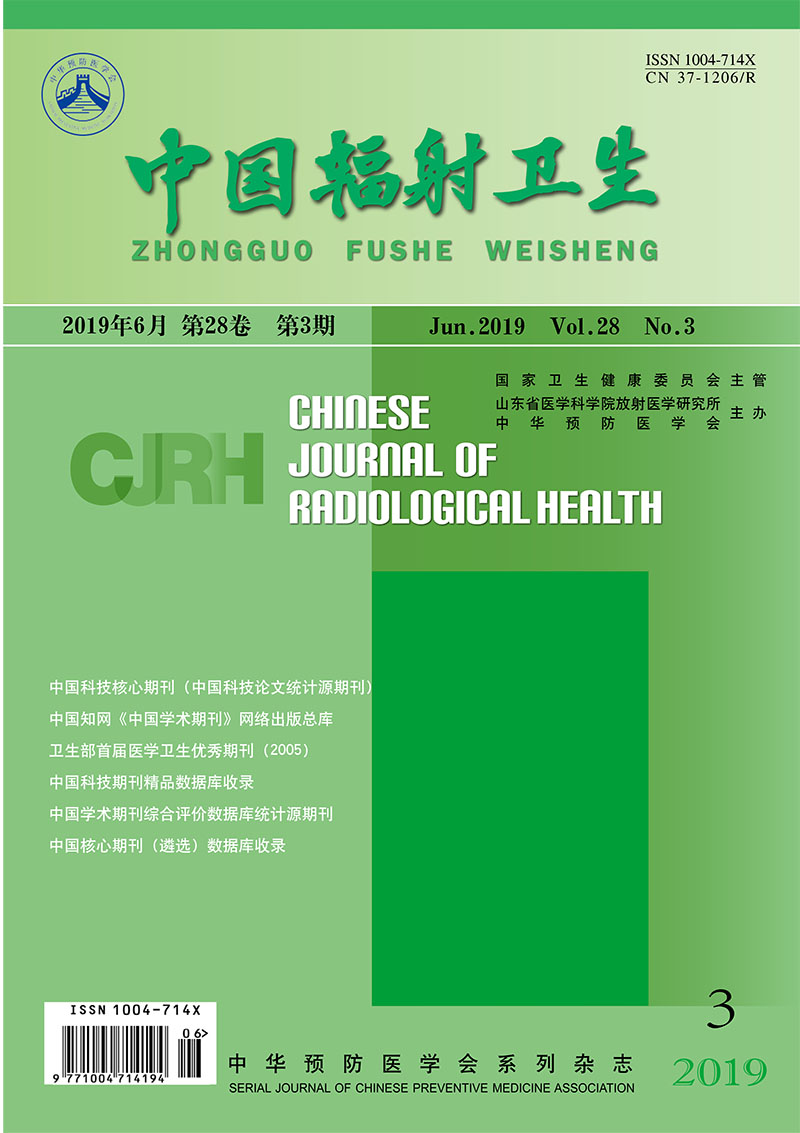YE Chengwei, ZHOU Jidan, SHANG Qiang, ZHOU Zhaoming, BAI Sen, ZHONG Renming, ZOU Bingwen
Objective To evaluate the clinical value of Optical Surface Imaging (OSI) CatalystTM (C-RAD AB, Sweden) system combined with Cone Beam CT (CBCT) for guiding precise radiotherapy of head and neck tumours. Methods 82 head and neck cancer patients in West China hospital from February 2015 to January 2018 were involved in this analysis, in which 45 patients received OSI-CBCT integrated guided radiotherapy and 37 patients with CBCT independent guided radiotherapy. In the treatment cycle, the OSI-CBCT integrated guided radiotherapy and CBCT guided radiotherapy were carried out,and dates from 208 times of effective fractional treatments were obtained in each group. The position error data obtained from a comprehensive guided treatment group and independent guided treatment group were statistically analyzed. Results The data of the translational directions x (left and right), y (head foot), z (front and back) and the rotational direction of rx (PIT), ry (ROL), rz (ROT) (mean standard deviation) of the inter-segment position error obtained by the CBCT scan of the independent guidance group were (0.19±1.01) mm, (0.29±1.36) mm, (0.05±1.23) mm, and (0.05±0.65)°, (0.18±0.83)° and (-0.12±0.59)°, respectively, when the integrated guide group OSI-CBCT derived placement error data were (0±1) mm, (0.01±0.98) mm, (-0.4±1.08) mm, and (-0.03±0.72)°, (-0.19±0.82) ånd (-0.37±0.85)°, respectively. The correlation coefficients of the two systems are:0.17, 0.07, 0.03, 0.1, -0.06, and 0.01, respectively. The correlation coefficients of the two systems subtracting the translation direction x-x1, y-y1, z-z1 and rotational direction rx-rx1, ry-ry1, rz-rz1 were(0.19±1.3) mm,P<0.05 and(0.28±1.62) mm, P<0.05;(0.35±1.62) mm, P<0.05;(-0.03±0.92)°, P>0.05;(0.37±1.2)°, P<0.05、(0.25±1.03)°, P<0.05, respectively. Conclusion The OSI-CBCT system integrated guidance mode can reduce the number of CBCT scans while ensuring the accuracy of radiotherapy, and effectively reduce the extra radiation dose caused by CBCT, which is superior to the traditional single CBCT guidance mode in the head and neck tumours radiotherapy.

